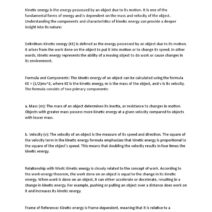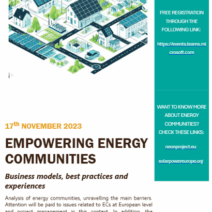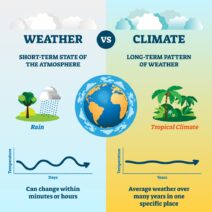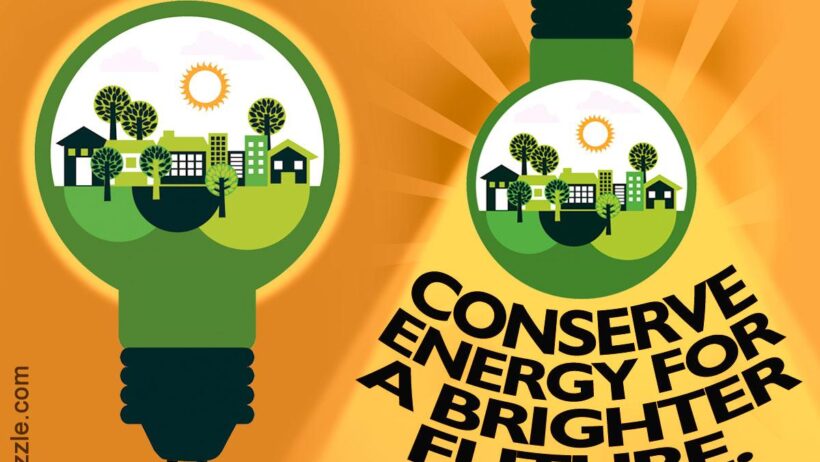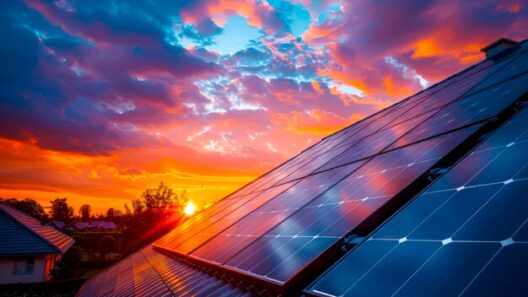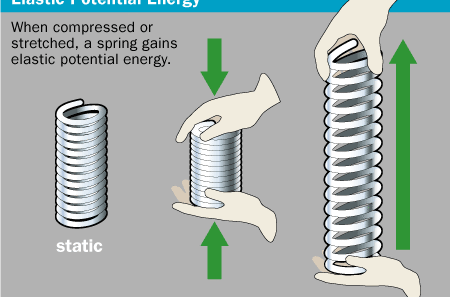Energy efficiency measures (EEM) are akin to the silent sentinels of energy conservation, quietly working behind the scenes to optimize energy usage and minimize waste. These measures encompass a wide array of strategies and technologies designed to enhance the functionality and performance of energy systems in residential, commercial, and industrial settings. The allure of EEM lies not only in their ability to conserve energy but also in their potential to bolster economic viability and environmental sustainability.
At the heart of EEM is the concept of enhancing efficiency—much like a finely-tuned instrument that produces melodious sounds with minimal effort. Energy efficiency measures are designed to decrease the amount of energy consumed for the same output or service, ultimately reducing the demand on energy resources. They act as a bridge between energy generation and consumption, ensuring that less energy is expended while maintaining the same level of comfort and productivity.
One prevalent energy efficiency measure is the implementation of energy-efficient lighting systems. Traditional incandescent bulbs are notorious for their inefficiency; they convert a mere ten percent of energy into light, with the remaining ninety percent dissipating as heat. In contrast, LED lights are the phoenix rising from the ashes of wasted energy. They boast a significantly longer lifespan and utilize a fraction of the energy while producing far more lumens—a measurement of visible light emitted. This transformation from incandescent to LED lighting is a quintessential example of EEM, demonstrating that even a small shift can yield substantial environmental dividends.
Another vital energy efficiency measure involves upgrading HVAC (heating, ventilation, and air conditioning) systems. HVAC infrastructures are often the largest consumers of energy within a building. An obsolete HVAC system operates inefficiently, consuming disproportionate energy while struggling to maintain comfortable indoor temperatures. By retrofitting these systems with modern, high-efficiency technologies—such as variable speed motors and smart thermostats—the operational efficiency plummets. This improvement is similar to fine-tuning a car engine; the adjustments yield not only improved performance but also enhanced fuel economy. Thus, the deployment of state-of-the-art HVAC systems epitomizes the transformative power of EEM.
Insulation, too, plays a pivotal role in energy conservation. Imagine a well-placed quilt that embraces you during frigid winter months—it traps warmth within, minimizing dependency on heating mechanisms. Likewise, enhancing a building’s insulation can stop the infiltration of unwanted air, reducing energy consumption for heating and cooling. Insulation acts as a thermal barrier, ensuring that the energy expended is utilized efficiently. With properly insulated structures, energy efficiency measures contribute to a reduced carbon footprint and foster a more sustainable future.
The role of appliances in energy consumption cannot be overlooked. Modern appliances are engineered to fulfill the dual mandate of performance and efficiency. From refrigerators to dishwashers, the adoption of ENERGY STAR® certified appliances represents an excellent commitment to energy efficiency. These appliances are analogous to skilled craftspeople, accomplishing their tasks with remarkable efficacy while utilizing substantially less power. By transitioning from older, less efficient models to these advanced alternatives, consumers engage in a potent act of energy conservation, echoing the importance of every choice in the larger tapestry of sustainability.
Behavioral adjustments also constitute vital energy efficiency measures. Encouraging individuals to embrace energy-conscious habits can lead to profound changes in consumption patterns. Simple actions—like turning off lights when leaving a room or using natural daylight—illustrate the potential of collective individual effort. The ripple effect generated by small, consistent actions can result in significant energy savings, akin to a small pebble creating ripples across the vast expanse of a tranquil lake. Behavioral EEM champions the notion that energy conservation begins with awareness and intention.
Moreover, energy management systems (EMS) embody a fusion of technology and strategy. These systems integrate software and hardware solutions to monitor, control, and analyze energy usage within an organization. By equipping facilities with the ability to visualize their energy consumption, EMS empowers stakeholders to identify inefficiencies, adapt operational protocols, and optimize resource allocation. The adoption of an EMS is like introducing a vigilant guardian, keeping watch over energy expenditures and guiding entities toward more sustainable practices.
Implementing energy efficiency measures is not a mere dalliance with technology; it is a moral imperative rooted in environmental stewardship. As the planet’s resources dwindle and climate change looms ominously, the urgency for effective EEM becomes increasingly apparent. Investing in energy efficiency is tantamount to investing in a sustainable future, as it mitigates greenhouse gas emissions, conserves natural resources, and fosters economic resilience. It stands as a testament to the assertion that progress and conservation need not be mutually exclusive; rather, they can be harmonious partners in the journey towards sustainability.
In summation, energy efficiency measures are multifaceted solutions that reflect a profound understanding of energy dynamics. They serve as the quiet champions of energy conservation, wielding the power to transform lives, environments, and economies. From upgrading appliances to integrating advanced energy management systems, EEM embodies the promise of a more sustainable future, where every watt is utilized with intentionality and respect. Embracing these measures is akin to sowing seeds of change that will sprout into a tapestry of energy-conscious communities dedicated to preserving the planet for generations to come.
